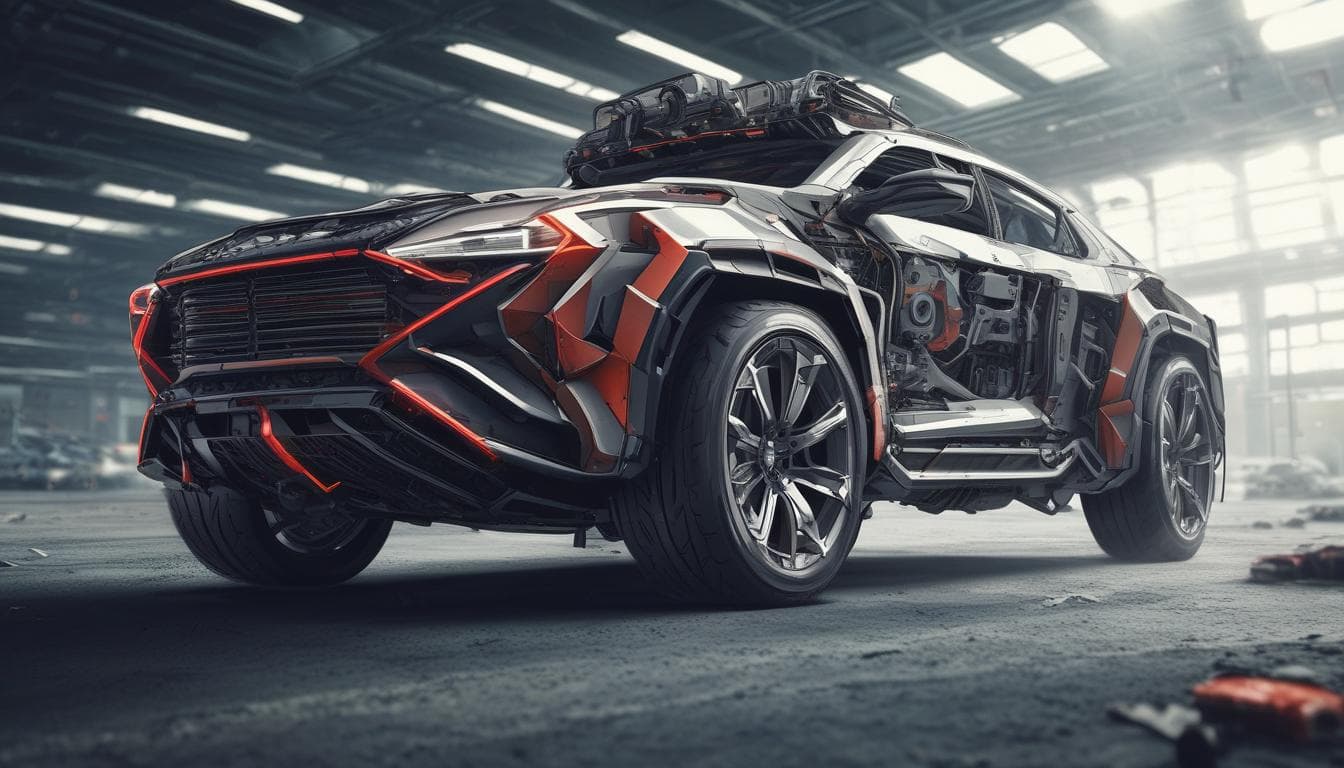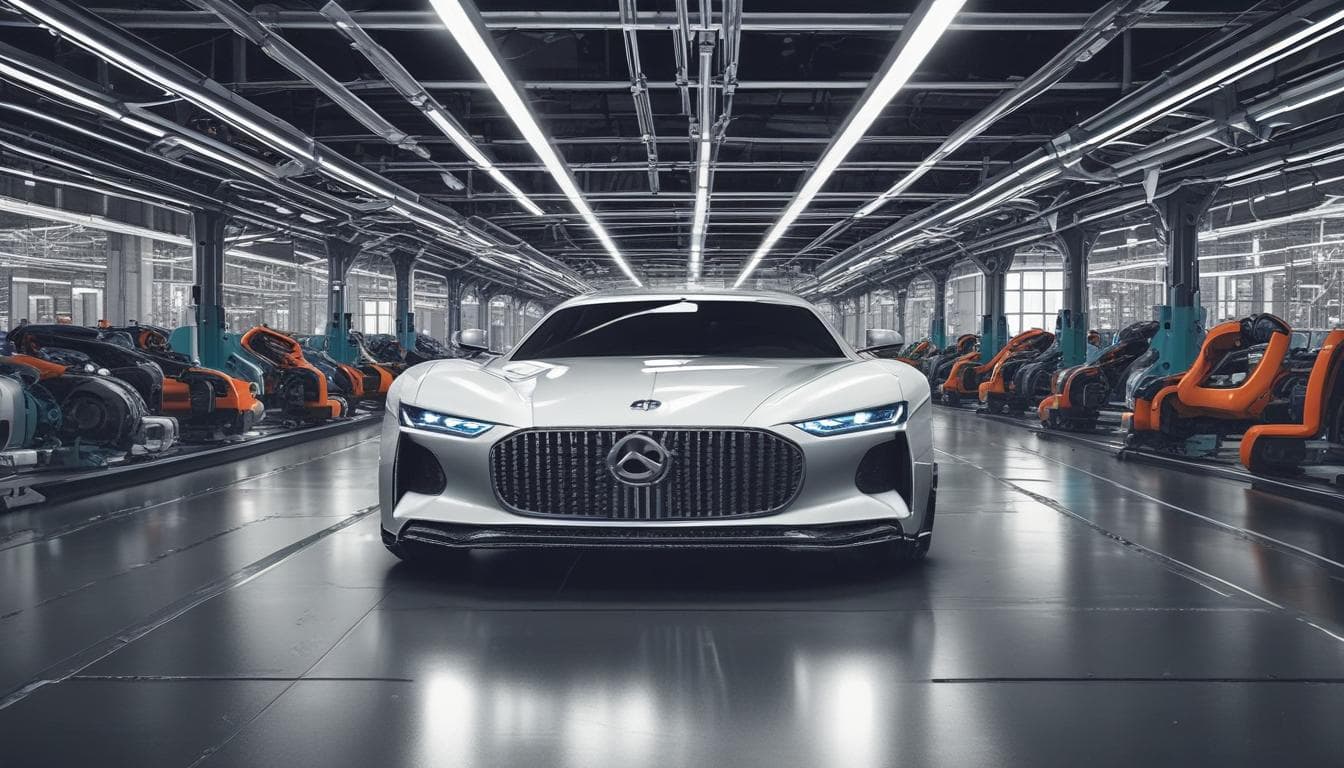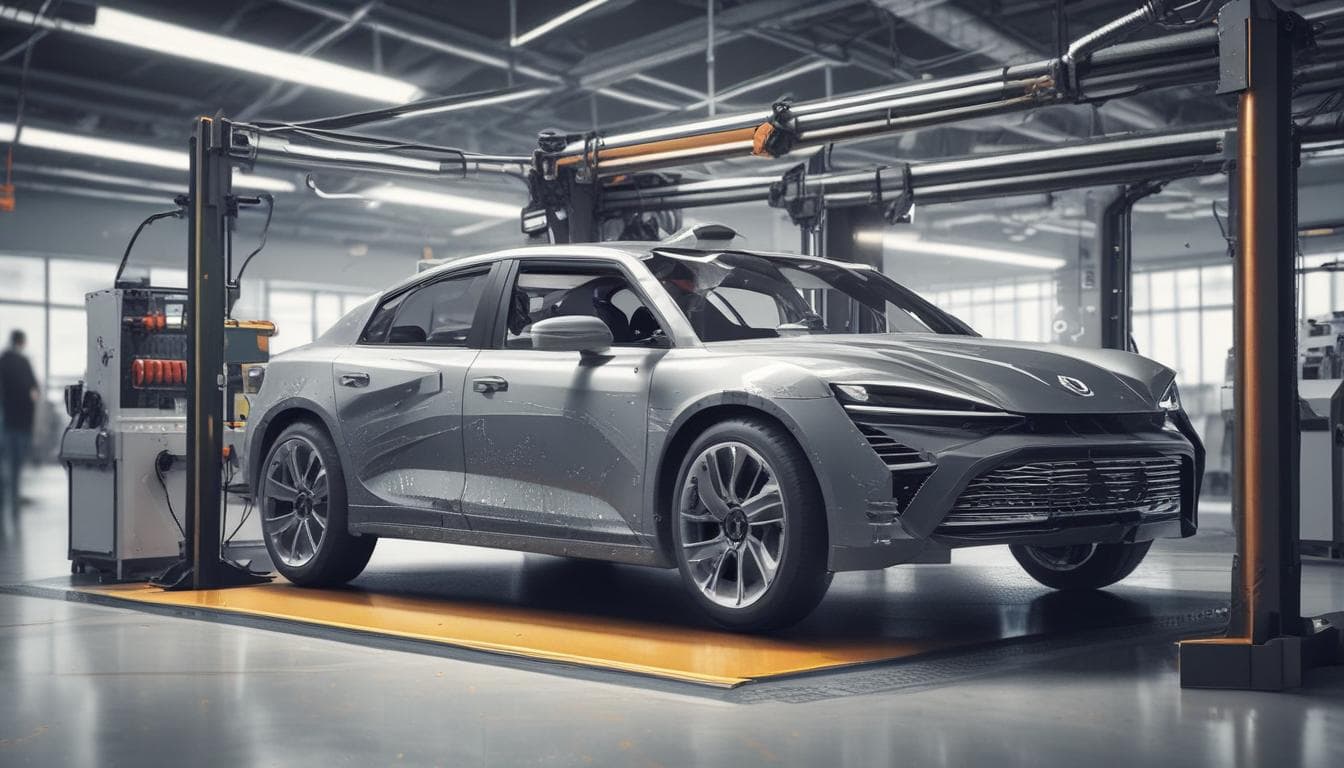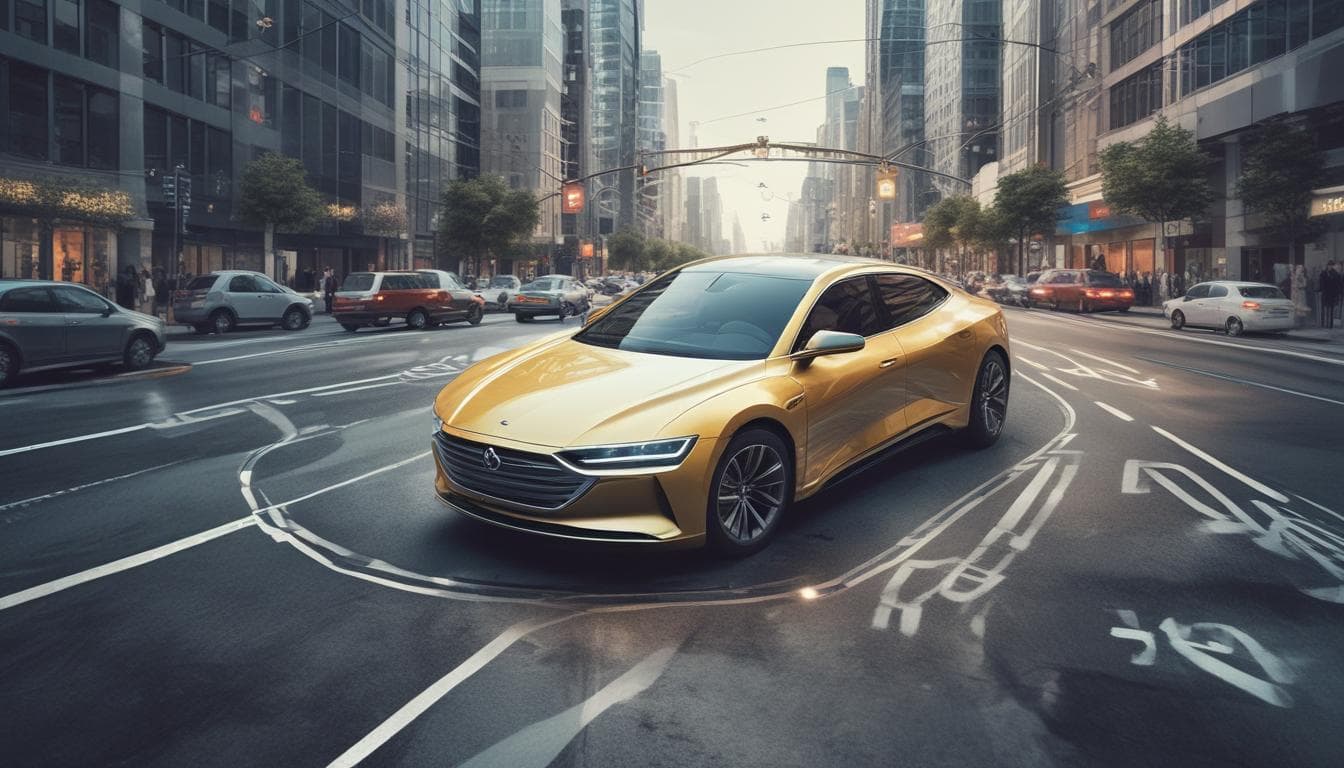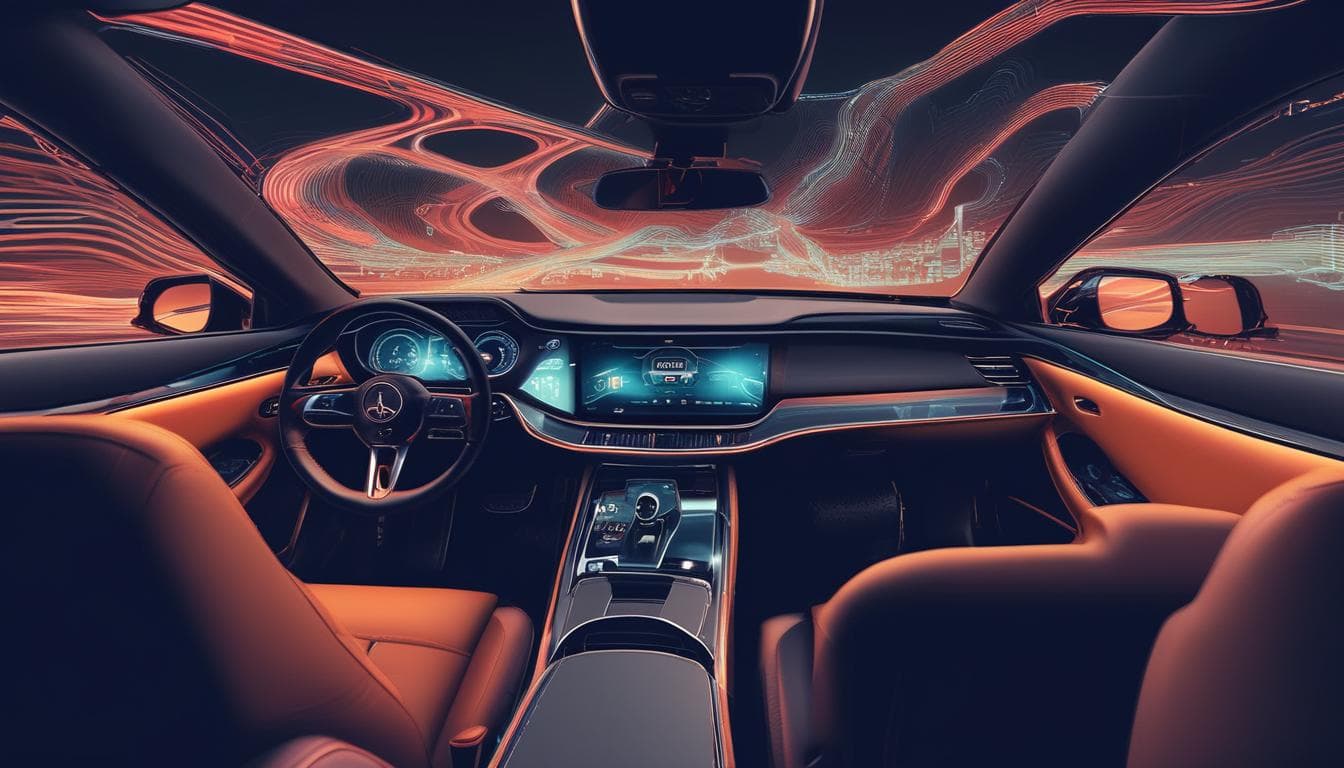The automotive industry is undergoing a period of unprecedented transformation, driven by technological advancements and evolving consumer demands. One of the most significant forces shaping this evolution is the integration of robotics, impacting everything from design and manufacturing to the very nature of driving itself. This convergence of robotics and automotive technologies promises to revolutionize the industry, offering increased efficiency, enhanced safety, and exciting new possibilities for the future of mobility.
Robotics in Automotive Manufacturing
Automating the Assembly Line
For decades, robots have played a crucial role in automotive assembly lines, performing repetitive tasks such as welding, painting, and parts installation. These industrial robots offer significant advantages in terms of speed, precision, and consistency, leading to higher production volumes and improved quality control. Such automation complements other cutting-edge technologies like 3D printing, which is also transforming the automotive industry. The use of robots in manufacturing also contributes to improved worker safety by handling hazardous materials and performing physically demanding tasks. As robotic technology continues to advance, we can expect even greater levels of automation in the future, with collaborative robots (cobots) working alongside human workers to optimize efficiency and flexibility.

Enhancing Precision and Quality
Robotic systems excel in tasks requiring high precision and accuracy, making them ideal for critical processes like welding and painting. Robotic welding ensures consistent weld quality and reduces the risk of defects, while robotic painting systems deliver uniform coatings and minimize material waste. The integration of advanced sensors and vision systems further enhances these capabilities, enabling robots to adapt to variations in parts and materials, resulting in even greater precision and quality control. This level of sophistication is mirrored in concepts like the digital twin revolution, which also aims to transform the automotive landscape by improving safety and efficiency.

Robotics in Automotive R&D
Accelerating Design and Prototyping
Beyond the factory floor, robotics is transforming automotive research and development. Robotic systems are increasingly used for rapid prototyping and testing, allowing engineers to quickly iterate on designs and evaluate performance under various conditions. This process is further accelerated by technologies like generative AI, which is significantly impacting automotive design. This accelerated development cycle helps bring new vehicles to market faster and more efficiently.
Advanced Testing and Simulation
Robotics plays a vital role in advanced testing and simulation, enabling engineers to evaluate vehicle safety and performance in virtual environments. Robotic platforms can simulate real-world driving scenarios, including challenging road conditions and crash tests, providing valuable data for improving vehicle design and safety features. These simulations are often enhanced by extended reality (XR), a technology transforming various aspects of the automotive industry and shaping the future of driving.

The Rise of Robotic Vehicles
Autonomous Driving
The most transformative application of robotics in the automotive industry is the development of autonomous vehicles. Self-driving cars, powered by sophisticated AI and robotic systems, promise to revolutionize transportation, offering increased safety, improved traffic flow, and enhanced accessibility for individuals with disabilities. This evolution is often intertwined with the convergence of EVs and IoT, which is further transforming the automotive landscape.
Delivery and Logistics
Beyond personal transportation, robotic vehicles are poised to disrupt the delivery and logistics sectors. Autonomous delivery robots and trucks, representing the dawn of autonomous fleets, offer the potential for faster, more efficient, and cost-effective delivery services, especially in urban environments. As these technologies mature, we can anticipate a significant shift in how goods and services are transported.

Conclusion
The integration of robotics is fundamentally reshaping the automotive industry, impacting every stage of the automotive lifecycle, from design and manufacturing to the driving experience itself. The advancements in robotics are not just incremental improvements, but rather transformative changes that are paving the way for a future where vehicles are safer, more efficient, and increasingly autonomous. As the convergence of robotics and automotive technologies continues to accelerate, we can expect even more exciting innovations in the years to come. Join the discussion on Fagaf and share your thoughts on the future of robotics in the automotive industry. What are the biggest challenges and opportunities you see in this rapidly evolving landscape?
